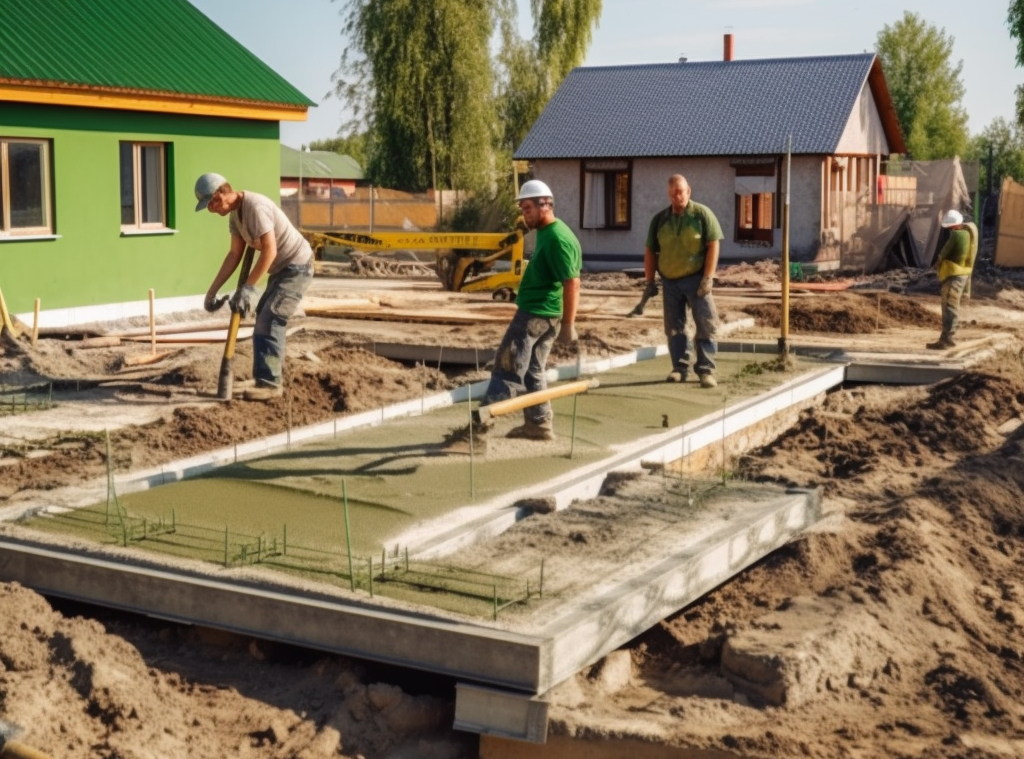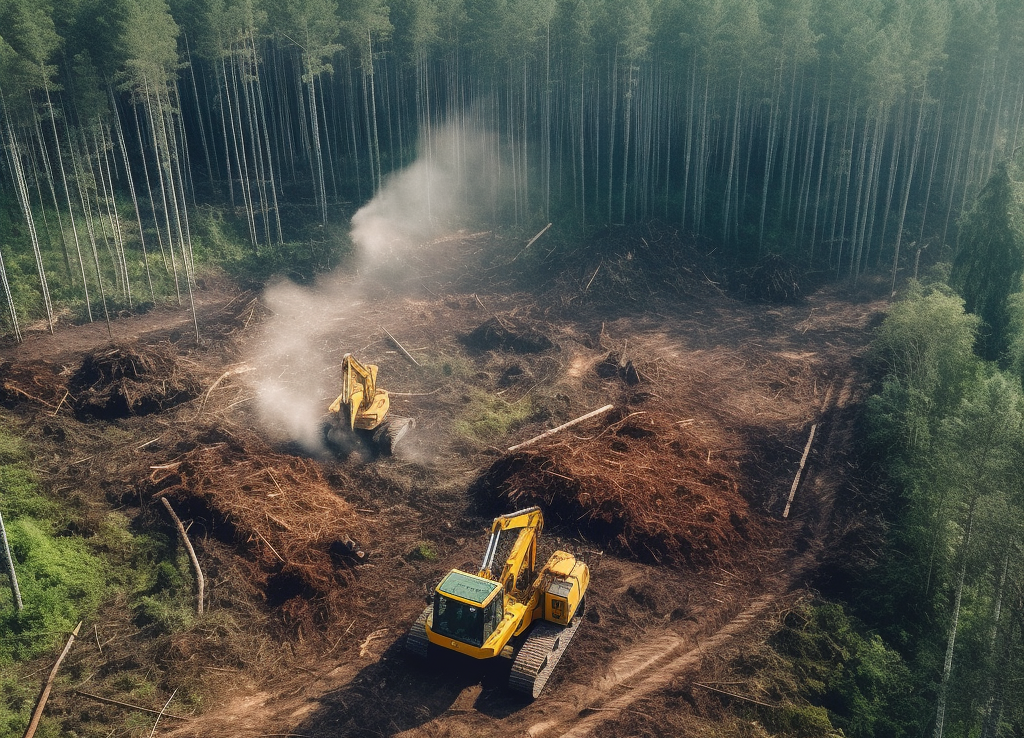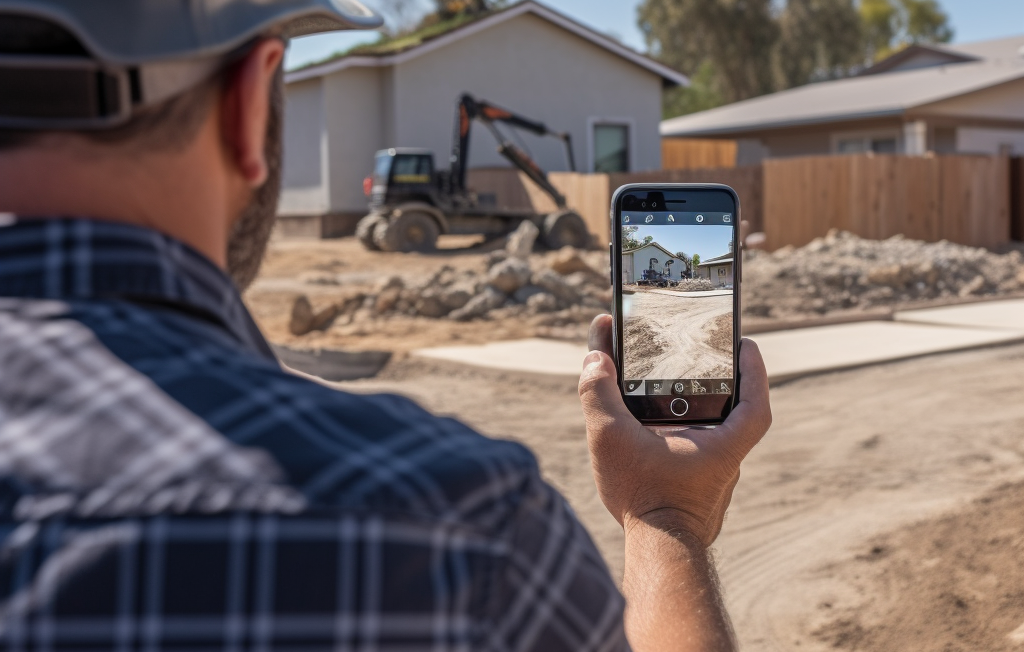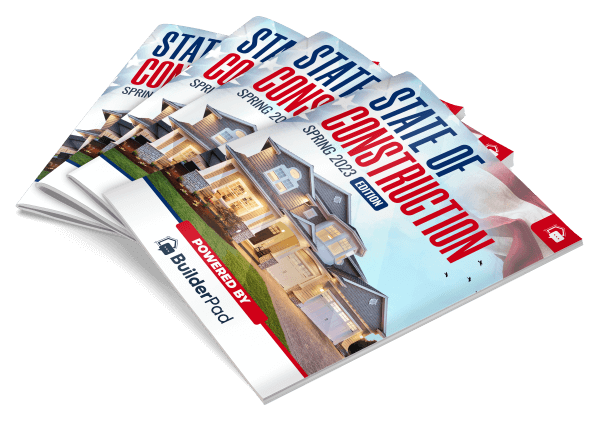Selecting the right site is one of the most critical decisions when planning a construction project.
At first glance, a site may seem ideal – but there are often hidden issues that can derail a project if not identified early on.
In this article, we will explore some of the less obvious pitfalls to watch out for during site selection.
Location, Location, Location…Not Always

The old adage about real estate emphasizes the importance of location. But some attractive sites can actually present significant challenges. For example, a site that is remote or difficult to access can drive up transportation costs for getting equipment and materials to the site.
Sites that are hemmed in by existing structures or terrain may not offer enough room for staging and storage during construction.
And proximity to certain neighboring properties like hospitals and schools may come with restrictions on allowable work hours due to noise ordinances. Thinking through logistics and permitting issues is key.
Unstable Ground

What lies beneath the surface of the site can also hold nasty surprises. Undiscovered soft soils or geological faults can require expensive solutions like pilings to stabilize foundations. High water tables or springs can cause flooding issues.
And contaminated soils or buried tanks may necessitate environmental remediation before construction can even begin. In some cases, these conditions can render a site unusable or delay projects for months or years.
Geological Challenges
The ground beneath our feet is not as solid and consistent as we might imagine.
- Soil Composition: Different soils have varying bearing capacities. Sandy soils, for example, can cause settlements, while clay soils might expand or contract based on moisture content. Ensuring the right foundation designs to counteract these soil behaviors becomes vital. Additionally, unpredictable soil behaviors, such as sinkholes in limestone-rich regions, can also pose significant challenges.
- Underground Water: A high water table or the unexpected discovery of underground streams can drastically affect foundation construction and overall site stability. When ignored, this can lead to flooding in basements or underground structures. In certain cases, specialized construction techniques, like watertight retaining structures, need to be employed.
- Rock Formations: Unexpected rocky outcrops can increase excavation costs and complicate foundation laying. Moreover, understanding the type of rock present can be crucial; certain rocks may be too hard to excavate, while others may be too brittle to support construction.
Environmental Considerations

The environment is a stakeholder in every construction project, and its demands must be addressed.
- Wetlands: Construction on wetlands not only harms biodiversity but can also lead to legal consequences. Wetland mitigation can be costly and time-consuming. Moreover, wetlands often act as natural water filters and flood control zones, and disrupting them can have long-term ecological impacts.
- Endangered Species: The presence of endangered flora or fauna can halt projects or necessitate relocation plans. Not only is this an ethical consideration, but protected species can bring federal or state agencies into the project scope, requiring additional permits and potentially altering construction timelines.
- Flood Zones: Building in flood zones requires additional considerations for design and insurance. Ignoring such regulations can lead to hefty penalties and can significantly increase the vulnerability of the structure to water damage.
Careful geo-technical surveying and soil testing is essential due diligence during site selection.
Hidden Utilities
The location of existing above-ground and underground utilities is another issue that must be investigated. Things like high-voltage power lines, gas pipelines, communications cables, sewer lines, and water mains crisscross sites, sometimes in unexpected places.
Construction activities can damage these expensive utilities leading to outages, fines, and costly repairs. Identifying utility locations early allows designs to avoid or relocate them, saving headaches down the road.
Zoning and Permitting Restrictions

Local zoning regulations and permitting requirements can make or break certain types of construction projects. Some sites are zoned for commercial versus residential use.
Building height limits, setback rules, allowable density, parking requirements, and landscaping standards can constrain what can be built.
Also, permitting processes like environmental impact reviews, traffic studies, and public hearings can add unpredictability. Reviewing all codes, ordinances, and regulations helps avoid planning projects that won’t actually be permitted.
The maze of regulations can prove more intricate than any architectural design.
- Land Rights: Existing easements, rights-of-way, or unclear land titles can disrupt construction activities. Often, disputes over land rights can result in prolonged legal battles, delaying project timelines and inflating budgets.
- Zoning Laws: Restrictions on land use, building heights, and density can conflict with planned projects, necessitating design changes or causing delays. Engaging local authorities early in the planning stage can help avoid unexpected challenges later on.
- Historical Restrictions: Building on or near historical landmarks can come with its own set of regulations and restrictions. There’s a moral and social obligation to preserve historical sites for future generations. Not adhering to this can tarnish the reputation of construction entities involved.
Neighborhood Opposition
In some instances, community members may oppose a construction project and create political headaches. For example, new high-density housing or mixed-use developments may face “not-in-my-backyard” (NIMBY) pushback from nearby residential neighborhoods.
Commercial projects like big box stores or industrial facilities can also generate noise, traffic, and environmental concerns. Identifying and addressing community concerns early is helpful before significant resources are sunk into a site.
Construction Management Software Can Help

Construction management software like BuilderPad can help address some of the hidden pitfalls in site selection in a few key ways:
- Project management: Features like schedules, task assignment, RFIs, submittals, and drawings help keep projects moving forward smoothly and head off issues.The software can schedule and track mitigation efforts, such as wetland restoration or species relocation, ensuring that all environmental responsibilities are met in a timely manner.
- Reporting: Detailed reports on project progress, costs, changes, issues, etc. improve transparency and oversight, avoiding nasty surprises.
- Communication: Its centralized hub for collaboration and communication among the project team helps improve coordination and surface issues early.
- Documentation: Cultural and historical site assessments can be stored and accessed by all team members, ensuring that the site’s socio-cultural significance is always taken into consideration.
While construction software can’t eliminate all potential site selection pitfalls, BuilderPad provides some valuable tools to help construction firms manage projects more effectively once a site is chosen. Taking advantage of these capabilities can help mitigate many of the hidden risks that accompany building on a challenging site.
No construction project is immune from the hidden pitfalls potentially lurking under the surface of a site. Performing in-depth due diligence during site selection is crucial.
This includes investigating logistical access, geotechnical conditions, utility locations, regulatory restrictions, and neighborhood concerns before committing to a site.
Avoiding costly surprises down the road starts with looking beyond just the surface attractiveness of a site. Careful site selection lays the proper groundwork for successful construction projects.
Incorporating construction management software like BuilderPad streamlines the complexities of site selection. Such platforms offer a holistic view of a project, from geological considerations to stakeholder engagement, ensuring that teams remain informed, compliant, and proactive.
By integrating technology into site selection and project management, construction businesses can navigate the intricacies of land selection with confidence, ensuring timely, budget-friendly, and harmonious project completions.







